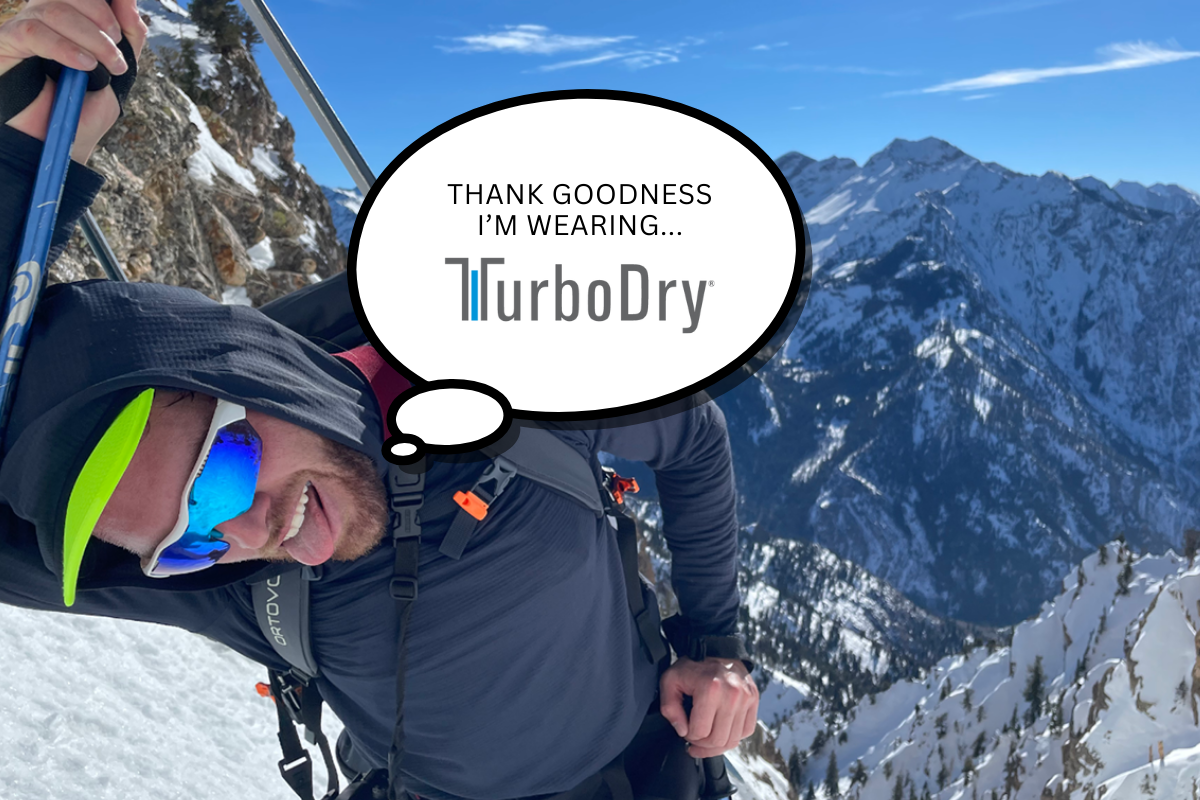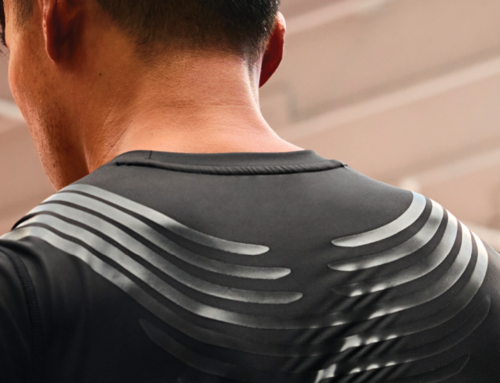Understanding Wicking Fabrics

Is there a new standard?
At NexTex, we live and breathe in the world of textile innovation. After launching TurboDry® Technology in 2020 and conducting hundreds of meetings, we realized there were some common misconceptions about what moisture wicking is, how it works, and how wicking fabrics have evolved over the years.
What is wicking?
According to Merriam Webster, the first known use of ‘wicking’ was in 1846 derived from the word wick – a bundle of fibers or a loosely twisted, braided, or woven cord, tape, or tube usually of soft spun cotton threads that by capillary attraction draws up to be burned a steady supply of the oil in lamps or the melted tallow or wax in candles.
This capillary action has been around since the dawn of time as it is the same method that plants use to draw fluid from their roots to their leaves, flowers, and fruits for nourishment.
When we think of wicking fabrics, we assume that they are performance materials that dry faster and move perspiration, but how the fabrics achieve this and in which direction the moisture is moving is largely a mystery to the everyday consumer. While the term wicking was derived from the candle wick in 1846, much innovation with respect to wicking materials used in performance apparel has been developed over the last 38 years or so.
When did wicking fabrics emerge?
Moisture wicking fabrics emerged in the late 1980s when athletic apparel was increasingly being made with synthetic materials such as polyester and nylon to provide enhanced performance and consumer comfort, as these fibers are less hygroscopic (water absorbent) than commonly used cotton fibers
The patent for these pioneering sweat-wicking fabrics was filed in 1998 by Robert Kasdan and Stanley Kornblum. Until then, only minimally wicking and natural fabrics were used, including cotton and wool.
Coolmax, a polyester fabric developed by DuPont in 1986, was one of the first wicking materials for sports apparel on the market. Today, it’s difficult not to find a moisture-wicking fabric in many apparel categories. Most every sport apparel brand features its own brand of moisture wicking materials such as Nike’s Dri-Fit®, Adidas’ ClimaLite®, Reebok’s PlayDry®, Under Armour’s HeatGear®, and Patagonia’s Capilene® – just to name a few! Moisture wicking is a performance benefit most consumers now expect their favorite active apparel brands to provide.
But do all these moisture wicking materials work the same? How are they different?
As previously discussed – at its core, wicking involves the transport of liquid, in this case, sweat, through capillary channels within a fabric. Standardized test methods, such as the Vertical Wicking Test (AATCC 197) , evaluate a material’s wicking performance. But this “wicking” describes the spread of moisture across the surface of the fabric. It DOES NOT evaluate the capillary action defined in common place definition. The efficiency of a moisture-wicking fabric can be attributed to its structure, fiber composition, and chemicals introduced during the finishing process. These chemicals vary in composition and utility but all play a crucial role in enhancing the moisture management performance of textiles. Here are some common chemical methods used to enhance wicking performance:
- Hydrophilic Finishes:** Hydrophilic chemicals are applied to fabrics to increase their affinity for water. These finishes modify the surface tension of the fibers, allowing them to attract and absorb moisture more readily. As a result, the fabric can efficiently transport perspiration , promoting quicker evaporation, and keeping the wearer dry.
- Ionic Treatments:** Some textiles undergo ionic treatments to modify the surface charge of the fibers. This alteration can influence the interaction between the fabric and water molecules, facilitating quicker moisture absorption and transportation.
- Durable Water Repellent (DWR) Coatings:** While not directly related to wicking, DWR coatings are often applied to individual yarns which make up the entire fabric. These coatings create a water-resistant barrier on the individual yarn surface, preventing it from becoming saturated with water. The interacted of the coated and non-coated yarns work symbiotically to achieve wickicking performance.
It’s important to note that the choice of chemical treatments depends on the intended application of the fabric and the desired balance between moisture-wicking performance, durability, and other functional properties. Additionally, advancements in textile research continue to introduce new and innovative chemical technologies to further enhance wicking capabilities in fabrics.
What is the TurboDry® Difference?
Now armed with a bit more context about the history of wicking and performance fabrics, it’s important to understand how and why TurboDry® is creating a new standard in wicking materials.
As discussed, “wicking” as advertised throughout the performance apparel market, describes the function of spreading moisture across the surface of the material. It does not describe the transport of moisture through the fabric. Moreover, upon testing many of the fabrics advertised as “wicking” for One-Way Moisture Transport Capability, which quantifies the amount of moisture transport from the inside to the outside of the fabric, it appears that the overwhelming majority lack the ability to accelerate moisture transport away from the skin to the outside surface of the fabric.
It is this rapid moisture transport, from the inside surface to the outside surface of the fabric, that is the TurboDry® difference. We call this the “z-direction” of movement (see image). Most fabrics spread moisture in the X and Y direction. TurboDry transports moisture in the Z direction first, moving moisture away from the skin, then it performs like traditional fabrics, wicking moisture on the outside surface in the X and Y direction. It is achieved through patent pending yarn selection, fabric construction, and finishing techniques that do not rely on chemicals for function. Learn more about the technology and take a glimpse into a new dimension in drying technology.


